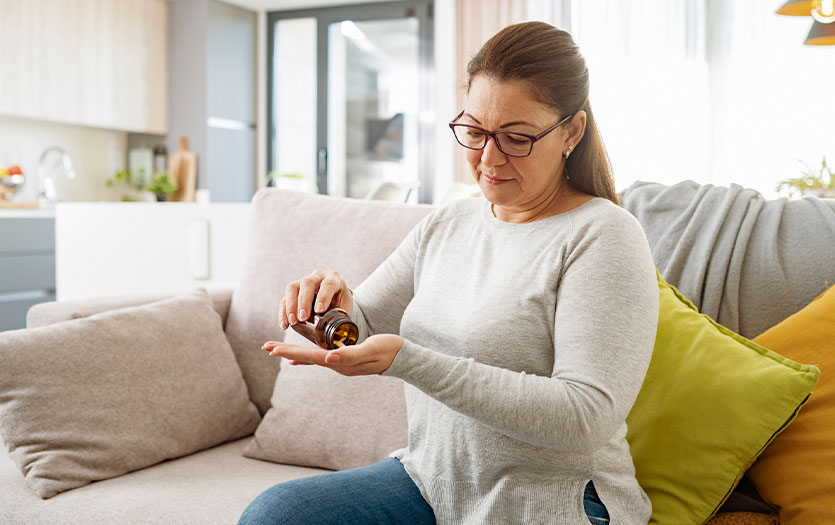
The gifting season is right around the corner, and our team of certified child life specialists have some smart options to get you started with the little one on your list.
“Play is a child’s work.” - Jean Piaget
Play is a universal language, and is the best way for children to learn how to cope, communicate and control their environment. Certified child life specialists utilize play to help normalize the hospital environment for children and families.
Why play works
A hospital visit can instill a lot of fear in a child. They may not be able to communicate this fear, but through medical play, they can act out their fears, allowing the adult to understand a possible misconception. They can also create control of their environment by playing the role of doctor or nurse or other medical staff. These interactions can ultimately help the child prepare for a hospital visit, as well as educate them about and help them become familiar with medical supplies.
Gift ideas
This holiday season, consider wrapping up a medical kit for a child in your life. Here, we’ve shared some of our team's favorite options and things to consider when selecting a present:
- Toys that include commonly utilized medical items or machines, such as this one, which includes an x-ray machine, help familiarize the child with items they might see in a medical facility.
- Utilizing real medical equipment definitely has its benefits. This product allows the child to find and listen to their heartbeat. Similar items can help them see, hear and feel their basic bodily functions.
- This kit not only includes different dress up options, but also comes with an IV pole, an item that is likely unfamiliar to your child, but could be necessary for medical care at some point.
- Toys that make noise and light up allow the child to involve multiple senses, therefore creating a more “real” experience. This ambulance allows children to explore the typical sights and sounds associated with an ambulance.
- This emergency medical cart pretend play kit helps to potentially prepare and normalize an unexpected emergency room visit.



